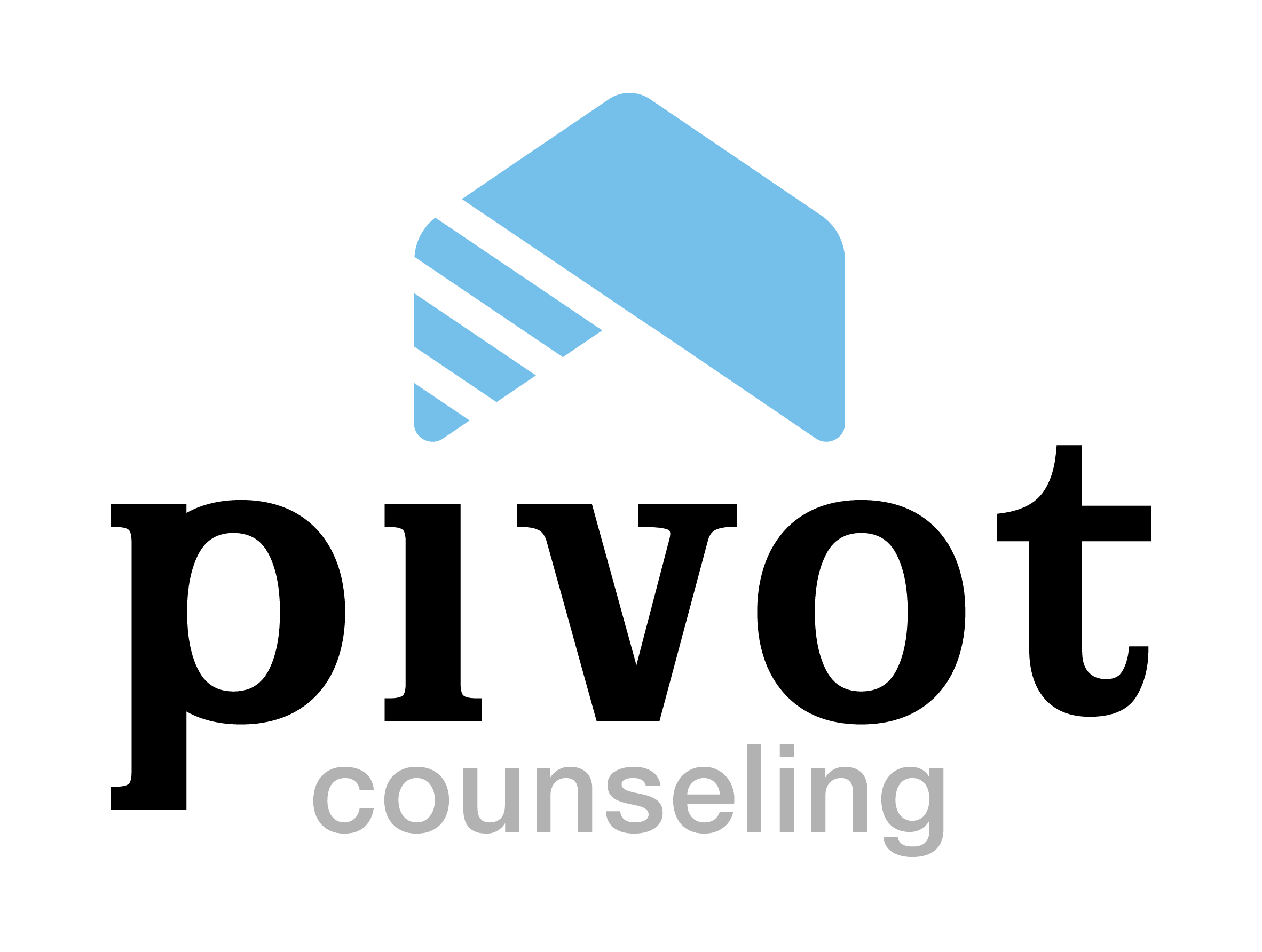Generation Z Has the Poorest Mental Health: The Stats and 3 Things We Can Do About It
I recently came upon an article about the poor mental health experiences of young people that matches well with the clients that I see every day at work. I just didn’t know it was THAT concerning! The American Psychological Association (APA) recently published in their January 2019 edition of their monthly magazine “The Monitor” an article titled “Gen Z more likely to report mental health concerns” by Sophie Bethune. A survey of 3,458 adults and 300 15- to 17-year-olds responded to the Stress in America Surveywith some alarming results. The term Generation Z refers to young people between the ages of 15 to 21-years-old. There are a lot of statistics so I will just highlight a few of them:
· 27% of Gen Z participants reported fair to poor mental health. That is over 1 in 5 young people!
· These are the issues that really stress young people out today:
- 75% are stressed by mass shootings.
- 62% about the rise in suicide rates.
- 58% on climate change and global warming.
- 57% about separation and deportationof immigrant and migrant families.
- 53% on widespread sexual harassment and assault reports.
- 35% on bullying/not getting along with others.
- 33% on personal debt.
- 31% on housing instability.
- 28% on hunger/getting enough to eat.
- 91% of Gen Z adults reported at least one physical or emotional symptom due to stress (e.g., lack of motivation, depression).
- “46% of black adults and 36% of Hispanic adults reported discrimination as a significant source of stress, compared with 14% of white adults.” So yes, race matters.
I wanted to bring these issues to our attention because these are the real issues people today are facing. This may not come as a surprise for many of you who follow the news and are aware of our current political state in America. Some of you may be wondering “So what can we do about these large issues?” I believe the greatest factor in resilience and navigating through these challenging times is healthy relationships.We need to really step up as parents, mentors, friends, and family members to buffer some of these inevitable stressors that are facing us today.
I believe young people are feeling these stressors in a greater way simply because they have access to this kind of information constantly through social media and peers. I recently spoke with a client’s mother on the phone regarding her son’s fear of a school shooting. The mother sensed a strong anxiety from her son about going to school and she had no idea how to address this issue. She shared that the school has identified threats of a possible mass shooting on a kid’s social media. When the parents of the school lconfronted the school administration about the issue, the staff stated that there was nothing to worry about but could not disclose any details at this time. This just made my client’s mother even more worried!
My recommendation is to keep in mind these 3 things: keeping open the lines of communication, identifying the stressors, and creating a safety plan.
1. Open Communication
As parents and caregivers, create an emotionally safe space to talk about some of these issues. You may be surprised to hear that one or more of these issues are constantly on their mind! Take some time to normalize and validate their fears and concerns. These are real stressors that even the adults are having a difficult time grappling! Within your discretion, sharing your own concerns about these issues can help normalize these fears and build an alliance with your kids or peers.
2. Identifying the Stressors
Take some time to talk about the unique aspects of these issues and why they are concerning. This allows people time to process this information and identify stressors that are within one’s control verses stressors outside one’s control. Usually the key issues involve some variation of danger, fear of uncertainty, isolation, or even the feelings of powerlessness in wanting to help others.
3. Create a Safety Plan
After getting a better understanding of these issues, now is a good time to create a safety plan on what to do if any of these issues were to occur. Similar to a fire drill, take some time to walk through the steps in case of an emergency. It is the best time to talk about these things when people are calm and able to think rationally about these issues. During these troubling times, providing a way for your kids or teens to contact that you such as a cell phone (if it is within your means) may provide some more reassurance for both you and your children. It will be most helpful for people to focus on what can be accomplished during troubling times rather than on the aspects that are outside of our control.
With the mother who called me about her anxious son, my recommendation was to give her son some space to talk about any fears around the mass shootings and what he knows. Then come up with a safety plan on how her son can contact her if anything were to happen. The son agreed to leave his cell phone in his backpack and to give her a call or text if something were to happen. Both mother and son agreed on a meeting spot where she would come and get him. I also encouraged her to talk with his teachers or staff about her concerns and about the safety plan.
We want to stay relevant and informed about the issues today and be the strength and support that the people around us need. For more detailed information about this study, please visit www.stressinamerica.org. For more entries like this, please visit me on my blog.




